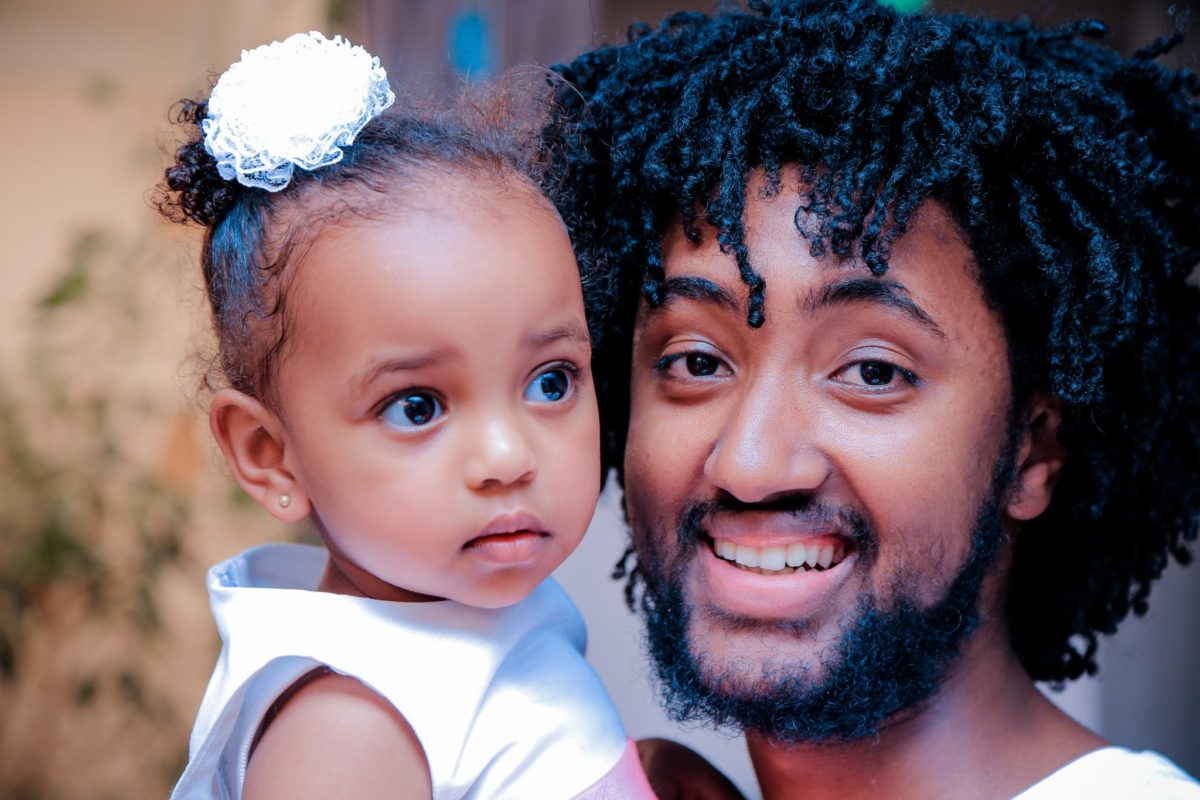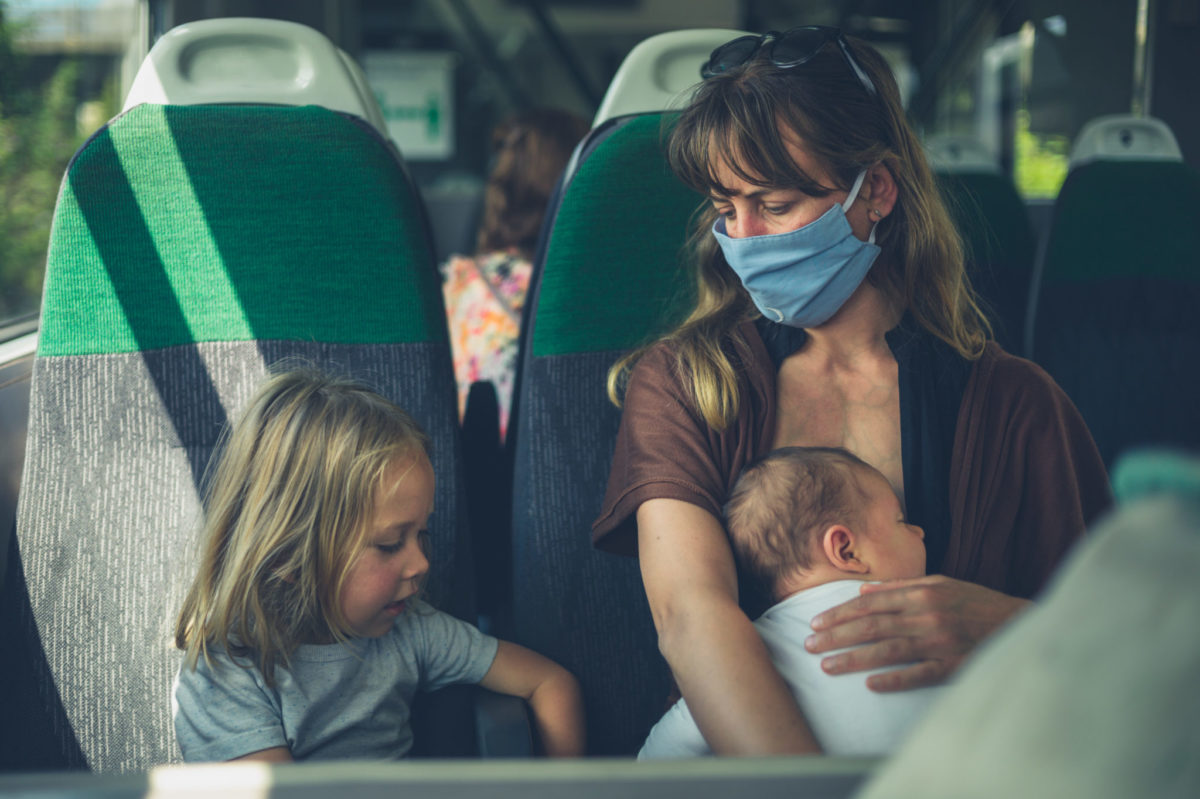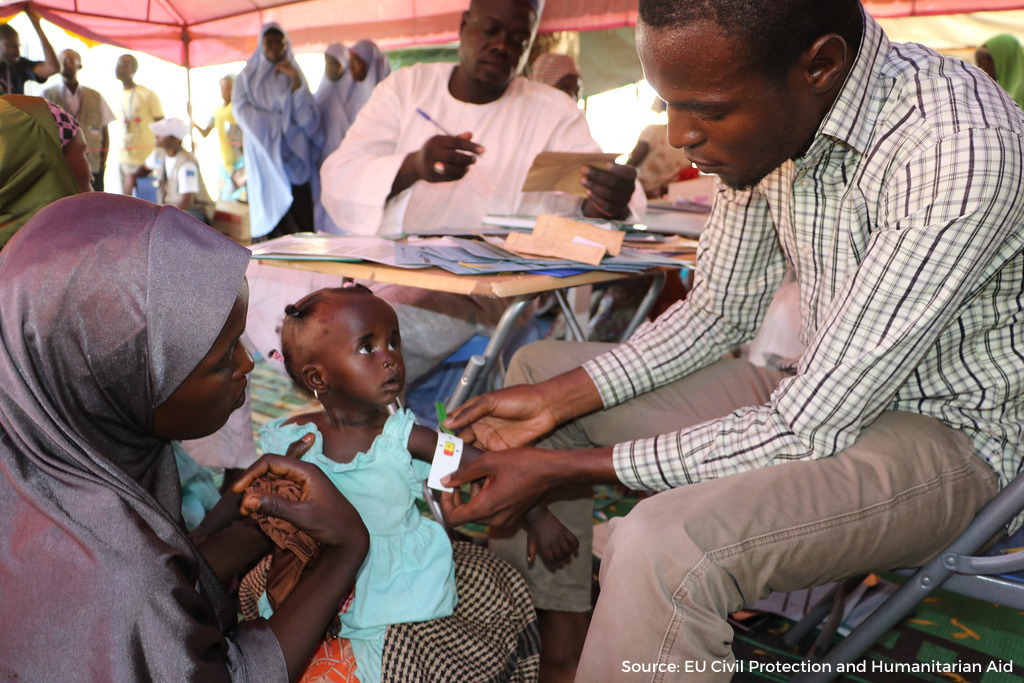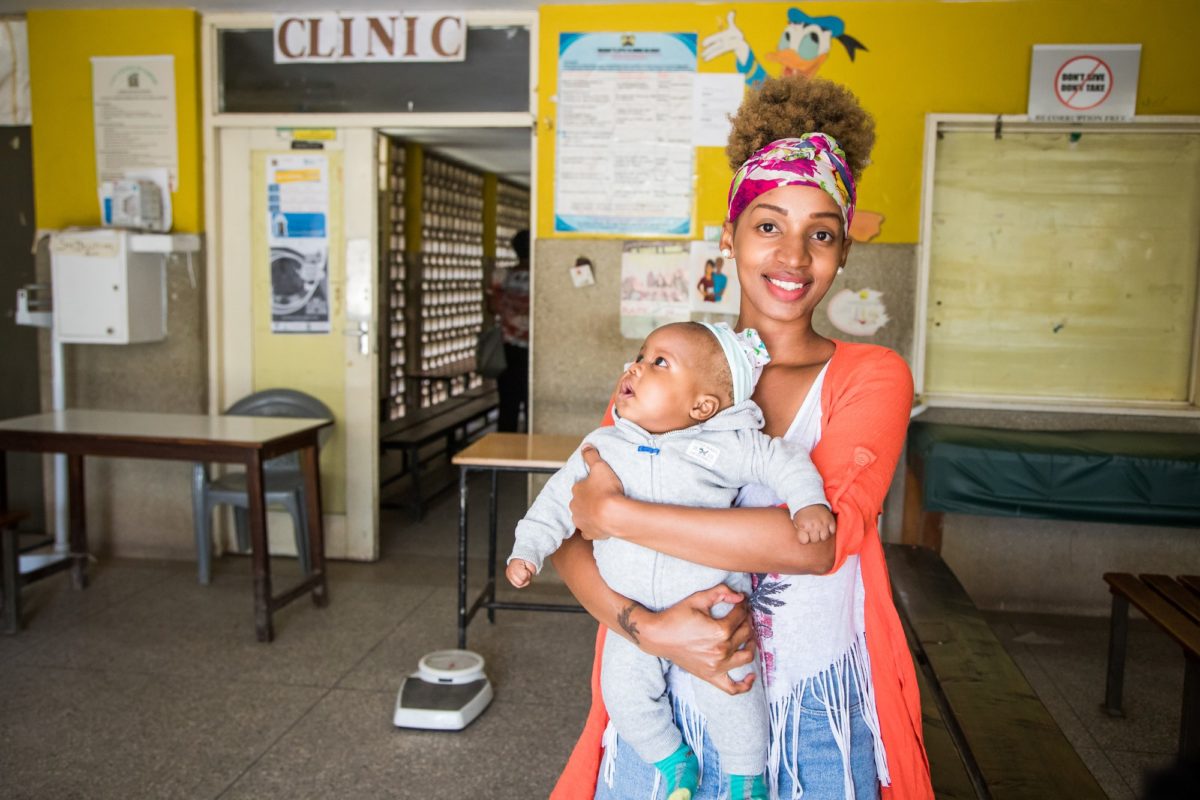Big News! First-ever Dietary Guidelines for Moms and Babies Released Today
Today the U.S. Departments of Agriculture (USDA) and Health and Human Services (HHS) released the Dietary Guidelines for Americans, 2020-2025. Updated every five years, the Dietary Guidelines provide science-based advice on what to eat and drink to promote health, help reduce risk of chronic disease, and meet nutrient needs.
For the first time ever, this newest edition of the guidelines provides advice by life stage, including specific recommendations for infants, toddlers, and pregnant and lactating women in the first 1,000 days.
The Dietary Guidelines, 2020-2025 encourages everyone to “make every bite count” by choosing foods that are full of nutrients. This includes a variety of fruits, vegetables, grains, dairy or dairy alternatives, and protein foods. It also includes the following key recommendations for moms and babies in the first 1,000 days:
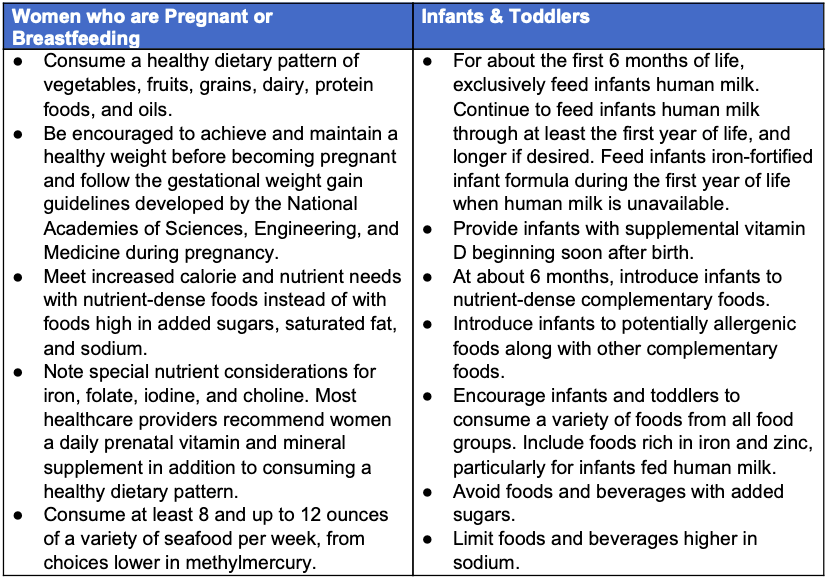
At 1,000 Days, we know that nutrition is critical to the health and well-being of moms and babies. The first 1,000 days are a time of tremendous potential and enormous vulnerability. The nourishment moms and babies receive during this time has a profound impact on a child’s ability to grow, learn, and thrive. The new guidance provides parents and caregivers with the evidence-based information they need to give their children the best chance to lead healthy, prosperous lives that are free of preventable chronic disease. The recommendations will also inform federal nutrition programs that reach young children and their families, as well as serve as an important reference point for physicians, nutrition counselors, and early childcare providers.
We are also pleased to see the Dietary Guidelines discuss systems, policy, and environmental changes that are needed to ensure all families can meet their breastfeeding goals and access healthy diets. The Dietary Guidelines calls for removing barriers such as limited access to (paid) family leave policies and inadequate breastfeeding support at home or at work. It also highlights the importance of WIC, SNAP, and other government programs that provide crucial supports for families dealing with food insecurity.
We applaud USDA and HHS for their efforts leading up to the release of this landmark document at the end of a year marked by a global pandemic. 1,000 Days looks forward to working with USDA and HHS to communicate the Dietary Guidelines, 2020-2025 to diverse audiences of parents, caregivers, and professionals and to ensure that future editions of the guidelines continue to build upon the important foundation released today.
For more information about the Dietary Guidelines, 2020-2025, visit DietaryGuidelines.gov and MyPlate.gov.

